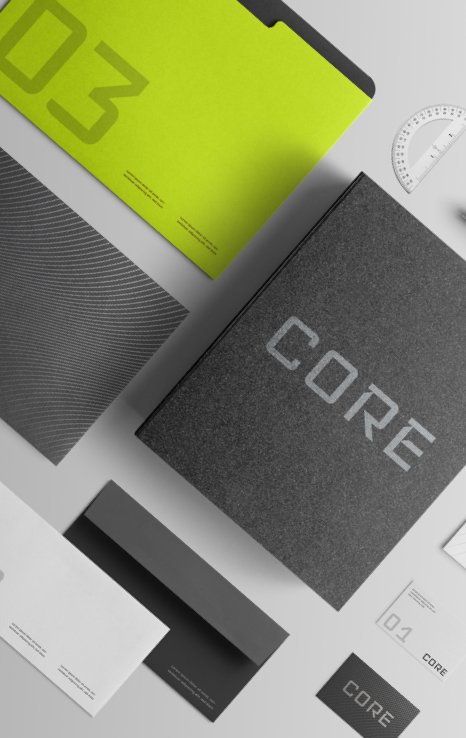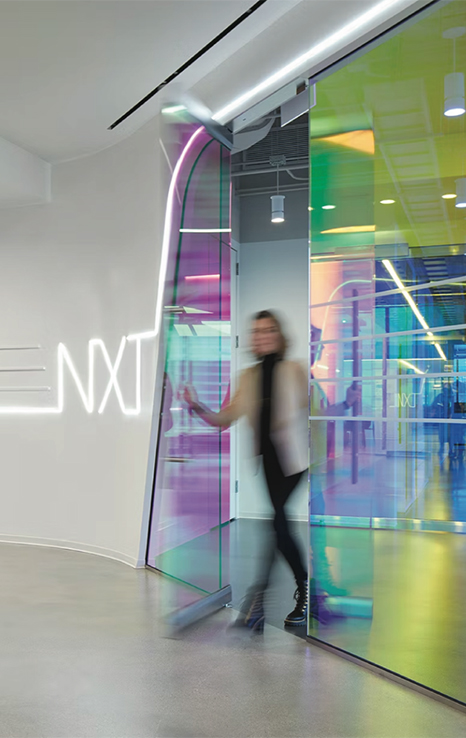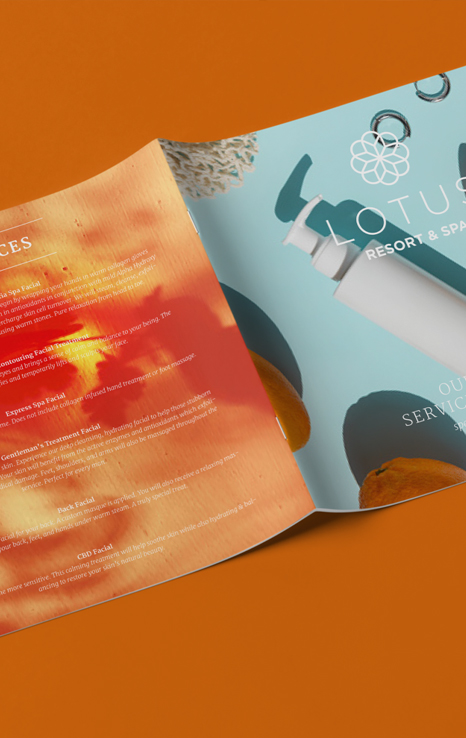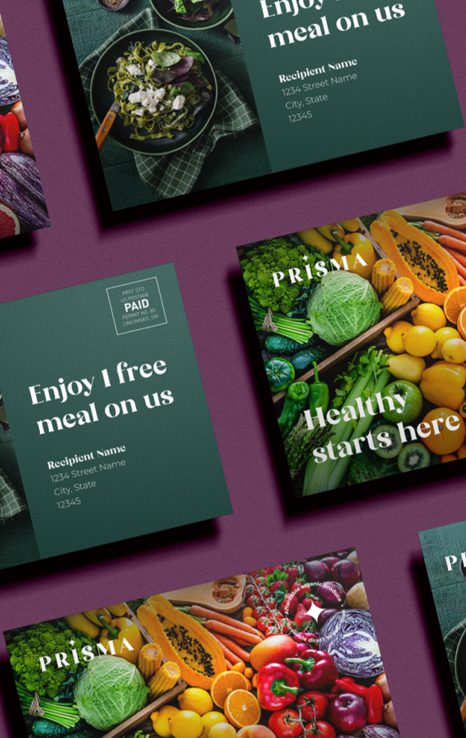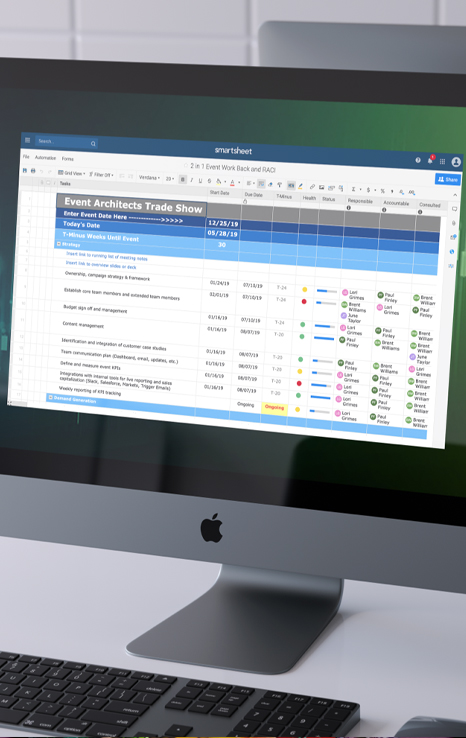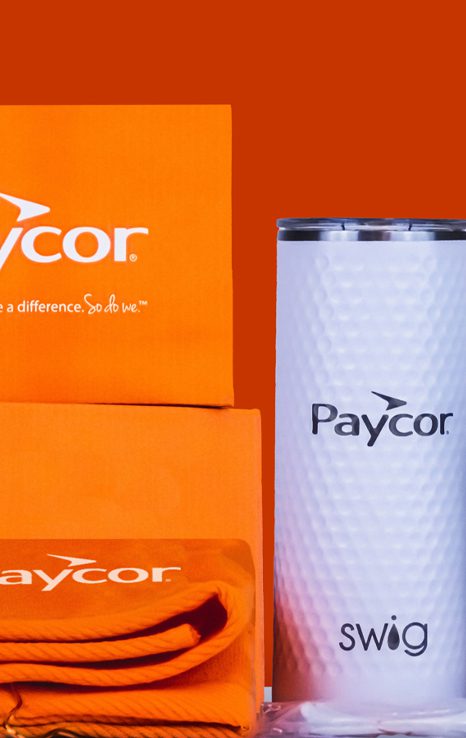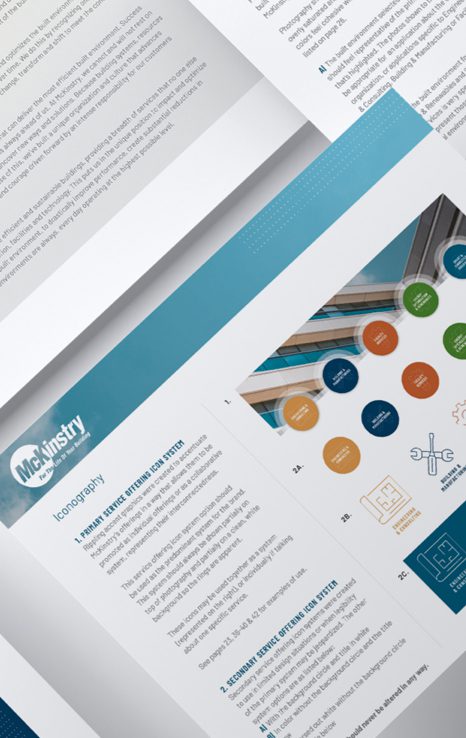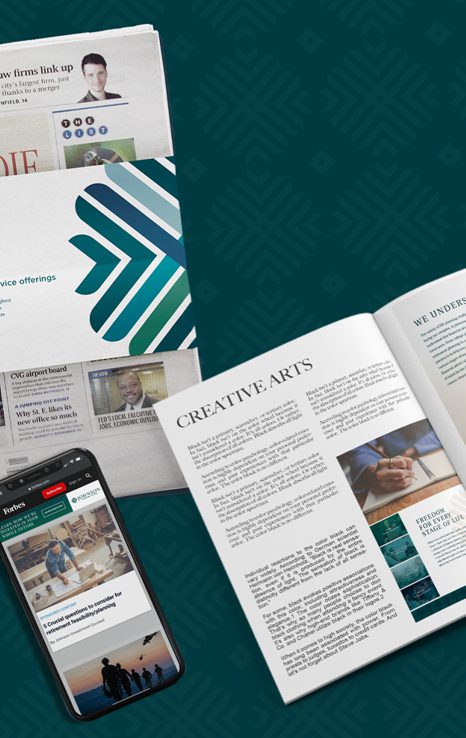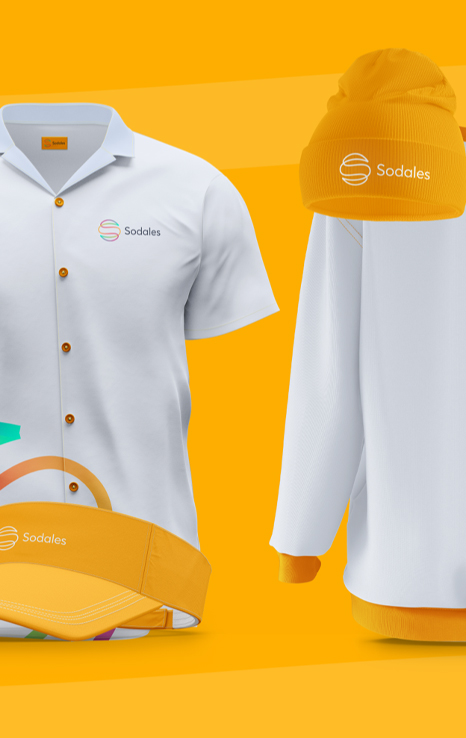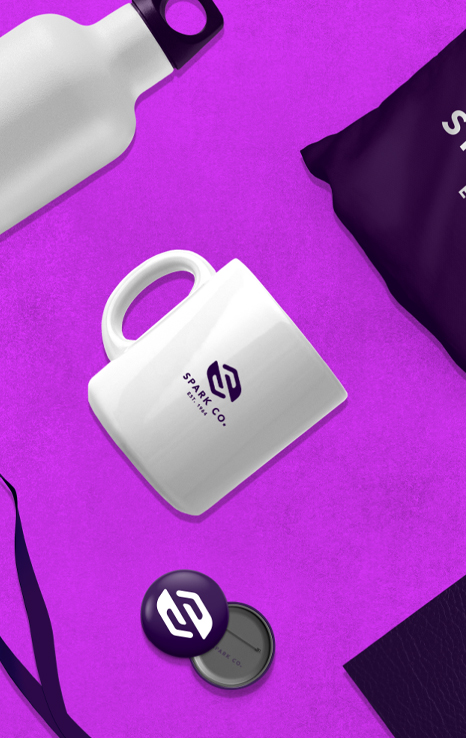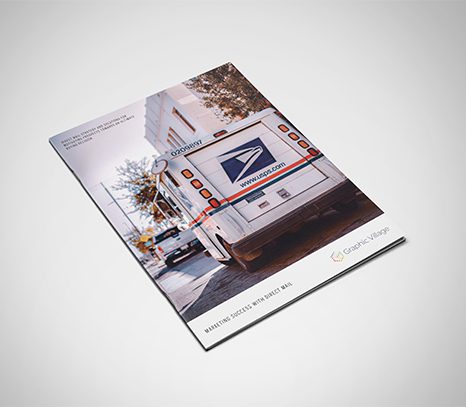Print and email are powerful tools for getting information out there quickly or engaging your audience on a frequent or programmatic basis. But when you want to communicate with your audience at a deep and emotional level, you want to turn to print.
The reasons have to do with the way our brains are wired. The human brain processes information on a physical, tangible page differently than on a digital page. It’s why print is loved by all age groups, from Gen Zs to Baby Boomers—it’s physiology.
Let’s look at one study conducted by Temple University. Using fMRI brain scans to compare the brain’s response to digital communications vs. paper, the researchers found that both print and digital ads increased the reader’s engagement (the amount of information they process or absorb from an ad), memory retrieval (their ability to accurately remember the advertising source and content); and their purchase and willingness to pay.
However, the study found that physical ads outshone their digital counterparts in the following metrics:
- Review time: Amount of time spent with an ad.
- Stimulation: Emotional reaction to an ad.
- Memory speed and confidence: Ability to quickly and confidently remember advertising sources and content.
- Desirability: Subconscious desire for the product or service.
- Valuation: Subconscious value a participant places on the product or service.
This is why print is so effective when selling products with a strong emotional connection or needing to be more deeply considered over time, such as luxury goods, home décor and furnishings, travel and hospitality services, and fine dining and culinary experiences. Our brains are wired to receive that information readily in print.
Other benefits print has over digital marketing:
- 56% of customers see print to be more trustworthy.
- More than 92% of 18-23-year-olds find print more straightforward.
- Response rates are 37% higher than email marketing.
No wonder 62% of customers respond to direct mail and purchase within three months.
Email is great for quick communications—flash sales, tips and tricks, regular audience engagement—while print is optimized for the more considered sale. Print has more.









